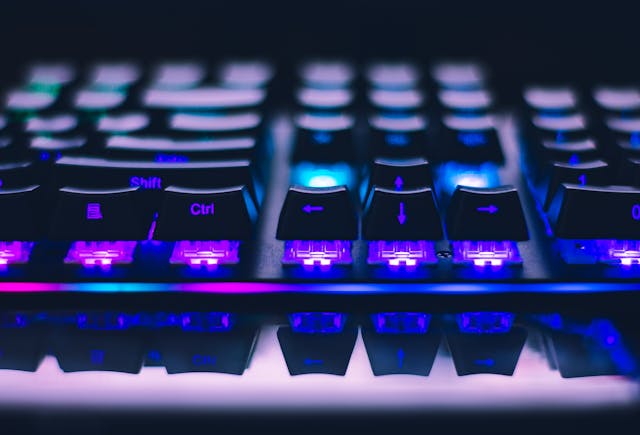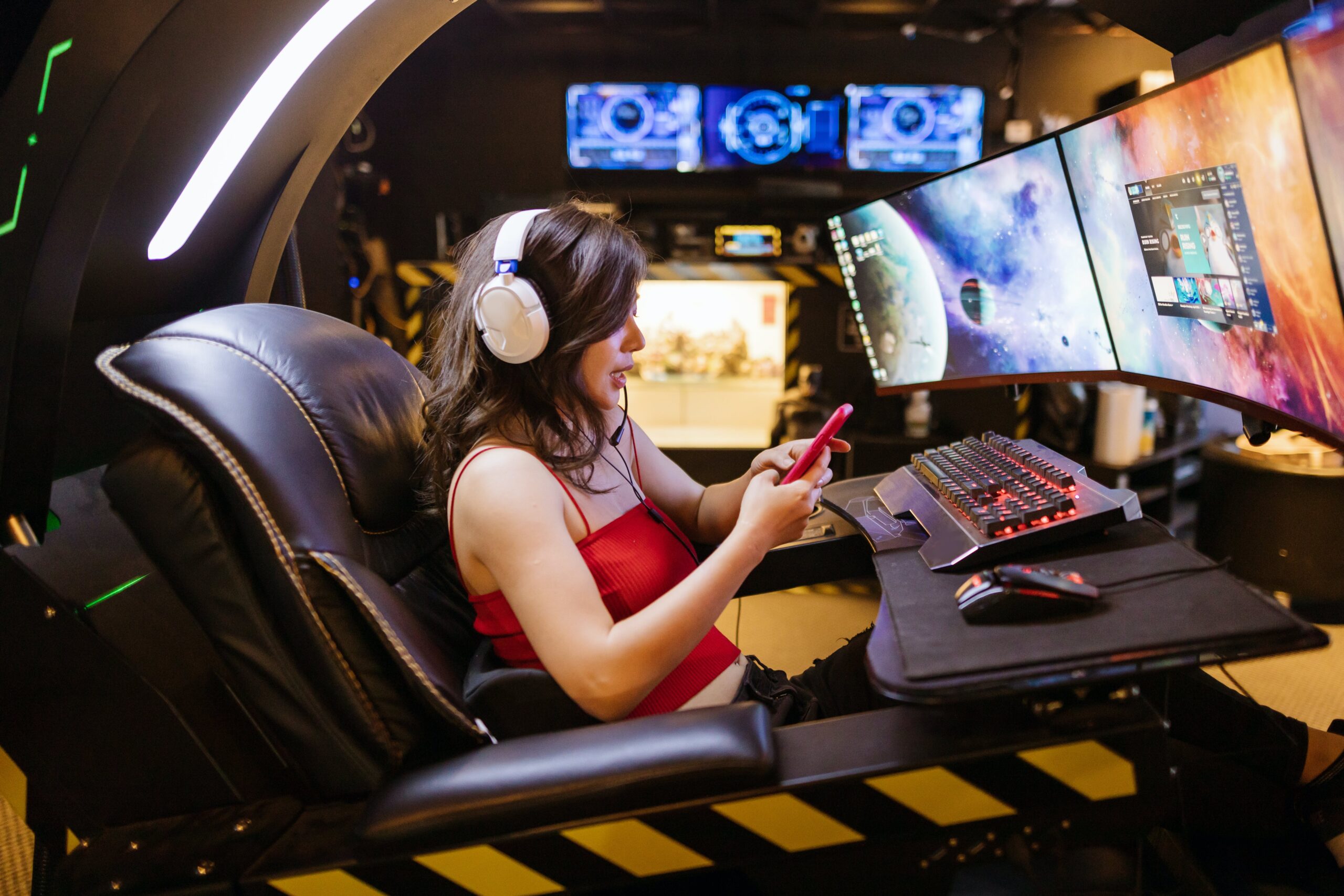The tech race to build the first fully functional, nerve-controlled robotic prosthetic limb is underway a couple of different research institutes, including a group of researches from around the Melbourne, Australia area, and projects being headed up at DARPA, the Defense Advanced Research Projects Agency.
DARPA is a little bit behind the Melbourne group, with their focus on utilizing the Myo Gesture armbands as their method of interpreting brain signals and translating them into gestures and movement from the prosthetic limb. According to ExecutiveGov, the DARPA project is reliant on surgical implants to achieve biomechanical dependency between the user and the robotic limb, even making it possible for users to remote control the limb even when it’s not directly attached to the wearer.
DARPA’s goal is ultimately to use myoelectric stimulation through osseointegration that allows the brain to send signals to the Myo Gesture bands and from the bands to the robotic limb. It’s also possible for the limb to send feedback and data back through the bands, and from the bands to the wearer, so they have some sense of touch. Previously a bulky computer setup was required to achieve that process, but it’s all been simplified down to wearable gesture bands and a surgically implanted prosthetic base for the limb.
The Melbourne group of six different researches from various institutes want to take things a step further. They’re working with 3D printed stem cells to completely rebuild human limbs through artificial organics. If you’re thinking that it is what you think it is, then it’s exactly that.
The 3D printed bones, muscle tissue and limbs are what are known as “soft prostheses”. It’s essentially organic bionics that can interact electronically with computers, software and firmware. A decent comparison would be the life-like prosthetic replacements they used in Star Wars when they lost limbs for one reason or another.
According to St. Vincent Hostpial surgeon Professor Peter Choong – one of the many researchers working on the Melbourne project – they want to move simply beyond sending signals to the bionic limbs, they want feedback to be a two way street so that wearers can feel impulses, grip and sensations from the limbs. As explained in the Herald Sun article, Choong compares the process to a game of telephone…
“Because these pathways for thought are already there in the form of nerves, it is like a telephone line and we just have to hook it up to the machinery and program it to respond to the signal.
“Then sensors in the fingers will pick up that you have closed them and send signals back up the telephone line, so you feel it. That is the dream that we want.
“With the sort of firepower we have around the table, this is something that we clearly can do,”
They’re almost there to their goal. They want to bypass the current, more cumbersome process that involves methods like the Myo Gesture armbands, where wearers have to think about the action they want to send, send that signal to the armband and from the armband it goes to the limb. The current robotic prosthetic process is labeled as mentally taxing and cognitively exhausting, since wearers have to think about sending specific signals to the limb to get it to react.
Some breakthroughs were made with biomimetic procedures, which allowed researchers to understand how to get robotic limbs to simulate human functionality with 1:1 responses, but it was a process mostly designed for understanding nerve processes as opposed to actually applying it to those without limbs.
The Melbourne group want to advance the entire bionic process so that it’s as seamless and as fluent as a standard human moving and flexing their limbs. According to Professor Rob Kapsa, they’re already moving to the testing phase with animals, where they want to be able to take on the next step of having the haptic feedback instantly send signals to the wearer of the prosthetic so that they know when they’re being touched or touching something. Kapsa told the Herald Sun…
“If you had a titanium limb and you touched something without feeling it, you would put your hand through the table. But, if you could return the signal, it would feel the same as feeling it with a finger, within reason,”
“The next step is to put that system into animals and try that system for attracting the nerve, so that it grows towards the structure. Then when it gets there it will be really effective in making these neuromuscular junctions”
One of the most impressive things coming out of the Melbourne research is that they believe the nerve signals are universal when it comes to humans moving limbs in 1:1 fashion. Once they manage the breakthrough with the two-way process of moving limbs and getting feedback on the sensation of touch, it’s just a matter of finding a way to mass produce the technology to allow those with missing limbs to get their own prosthetic, or even help those with physically debilitating conditions such as a stroke or multiple sclerosis could potentially find a remedy in the form of a bionic replacement.
The only thing the DARPA prosthetic has over the Melbourne group is that it can lift up to 45 pounds where-as the 3D printed soft prosthetic could only manage around 13 pounds. Of course, with further advancements in the tech the weight limit will likely increase.
Maybe Deus Ex’s estimate of augmentations becoming the norm by 2025 isn’t so far off after all.
(Main image courtesy of Ociacia)







